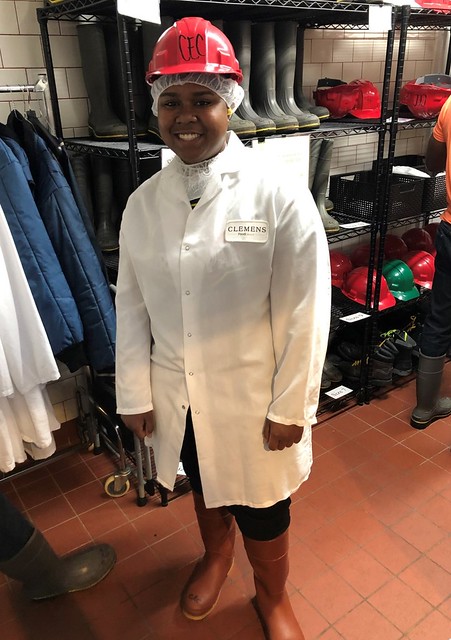
“You can’t be what you can’t see.” – Marian Edelman Wright
Strolling down the aisles of most toy departments, parents are likely to see more diverse options such as a brown-faced doll holding her microscope and African-American action figures in engineering sets. Many toy manufacturers have removed the stigma of “traditional gender roles” and created science, technology, engineering and mathematics (STEM) toys with diverse physical features to encourage all children to see themselves in these roles. USDA strives to make these same improvements in the agriculture sector. It’s National Historically Black Colleges and Universities Week and we’re celebrating the student support our science agencies provide every day to create a research workforce more reflective of our society.
STEM education is the backbone of agricultural research and innovation. However, we have fewer students in the United States studying STEM subjects, and African-Americans are left out disproportionately. African-Americans make up about 13 percent of the U.S. population, but only earn 7 percent of STEM bachelor’s degrees and 4 percent of doctorates in STEM.
Why the disparity? There are many hurdles facing many African-Americans along the educational pipeline, including lack of access to quality education, economic challenges, and often lack of appreciation for truly valuing diversity.
However, despite these challenges, historically black colleges and universities (HBCUs) have nurtured students and produced stellar results for over 150 years, including institutions designated as 1890 land-grant universities.
For example:
- Twenty-five percent of African-American graduates with STEM degrees come from HBCUs.
- HBCUs produced 46 percent of black women who earned degrees in STEM disciplines between 1995 and 2004.
- HBCUs are the institution of origin among almost 30 percent of blacks who earned doctorates in science and engineering.
- A large percentage of all STEM doctorate degree holders earned their bachelor’s degrees at HBCUs.
- Of all STEM awards conferred to African Americans by land-grant universities, 1890 land-grant universities produced 43 percent.
With a network of over 90 labs, scientists at USDA’s Agricultural Research Service give students first-hand accounts of careers in science. USDA’s National Institute of Food and Agriculture invests in scientific research, innovation and community-based extension programs at the nineteen 1890 land-grant universities across the country. Additionally, our science agencies and the Office of the Chief Scientist often mentor HBCU students through internships, fellowships and training opportunities.
As a proud graduate of Howard University, I know first-hand the dedication of HBCUs to produce tomorrow’s innovators and decision-makers. USDA remains committed to broadening the diversity of agricultural leaders by continuing to enhance opportunities for students historically underrepresented in STEM fields.

